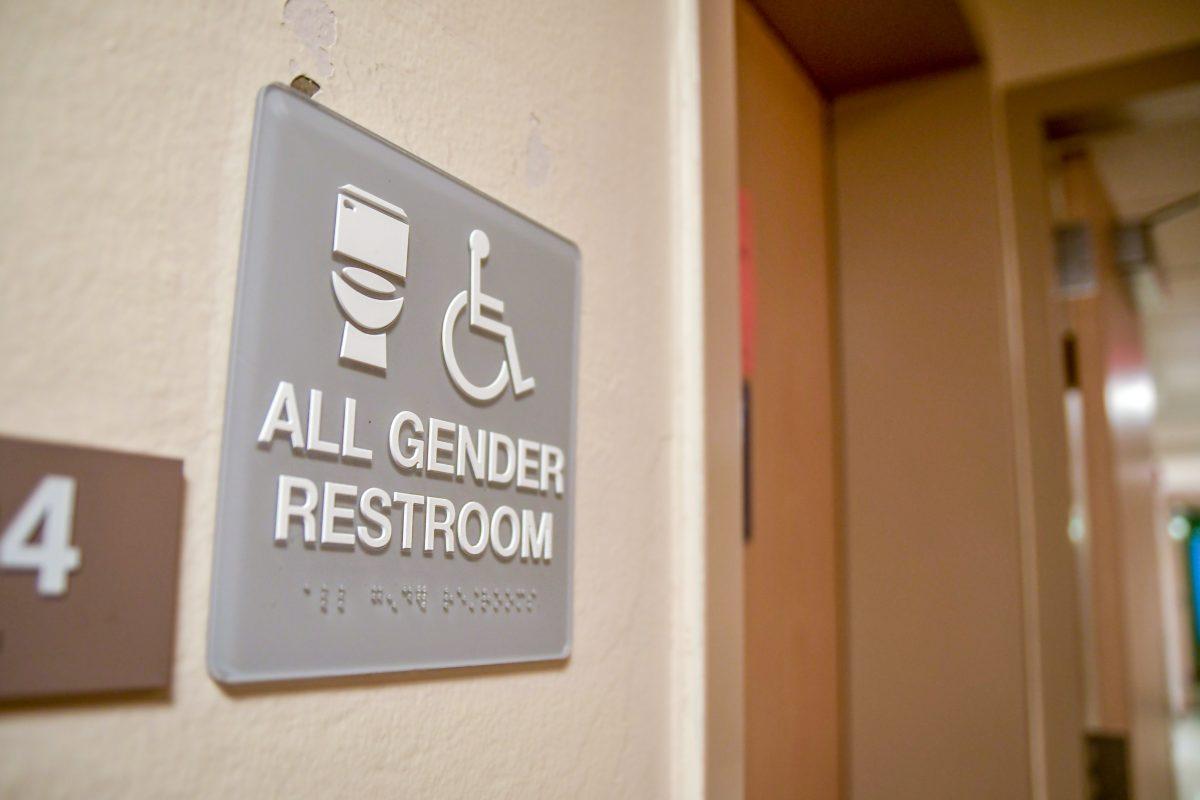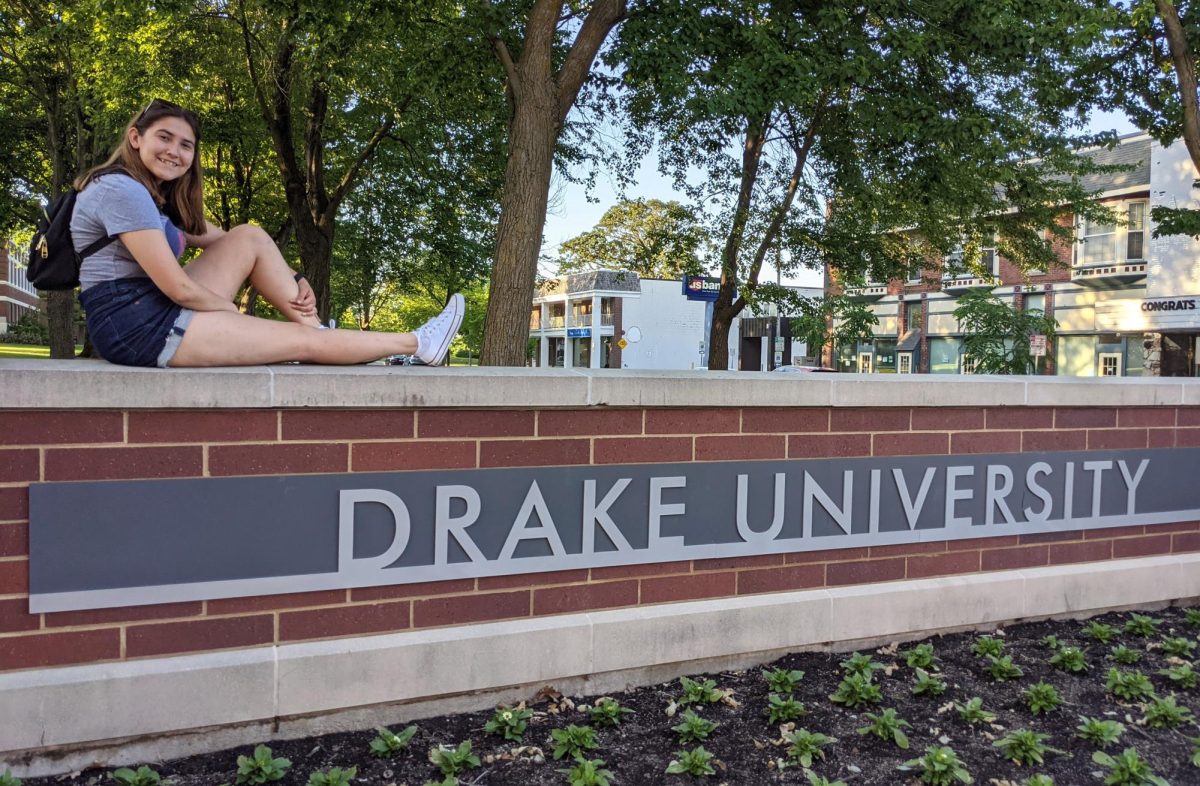by TRISH RICHARDS
On Monday February 24th the bathrooms on the main floor of Meredith Hall ceased to be segregated by gender, making them more accessible for several demographics.
Bathrooms are a sacred space. Sure, their primary function may be to assist us in answering nature’s call, but these porcelain sanctuaries are so much more than that.
The bathroom is where we go to find relief, both physically and spiritually. Whether you need a quiet place to cry after bombing a midterm or somewhere to freshen up before a job interview, there are numerous reasons to seek its sweet refuge. When you need a second to breathe, the bathroom is there. For most, anyway.
For some, bathrooms are a space fraught with anxiety. This is particularly true for people who identify as transgender or non-binary.
According to the 2015 US Transgender Survey, 56 percent of trans and non-binary individuals report avoiding public bathrooms out of a concern for their own safety.
Society traditionally expects men to look one way and women to look another. The appearance of someone who is transgender or non-binary may not fit into one, or either, of these socially dictated categories, increasing their risk of being confronted by other bathroom occupants.
The fear of bathroom invasion is largely based in the myth of the cross-dressing predator – a man who has dressed himself as a woman to gain access to the women’s restroom for the purpose of assault.
The suggestion that allowing trans and gender non-conforming individuals use whichever bathroom they feel most comfortable in would result in such scenarios is extraordinary misguided.
According to a study published in Sexuality Research and Social Policy, instances of assault in public restrooms are rare and have no correlation to transgender bathroom protections.
In fact, people who are transgender or non-binary are far more likely to face the threat of violence in a public restroom than cisgender people. The 2015 US Transgender Survey reports that 26% of individuals surveyed were verbally harassed, denied access, physically attacked or sexually assaulted in a public restroom.
Providing gender neutral bathrooms a great way to validate and improve conditions for many people who do not identify with a strict male or female binary. However, they are not the only demographic who stands to benefit from the switch.
The main floor of Meredith Hall has a unique layout that places the bathrooms in opposing locations. The bathroom that formerly served only men is located along the eastern hallway, while the women’s room was in the western hall. This made for quite a long trek to the facilities for any students in a classroom on the side opposing their gender-sanctioned facilities.
The amount of time spent out of class for a bathroom break would be greatly compounded for any student living with mobility challenges simply due to the lengthy walk there and back.
By making both of these bathrooms gender neutral, Meredith Hall has taken several steps forward in fostering an accessible learning environment for all students.







